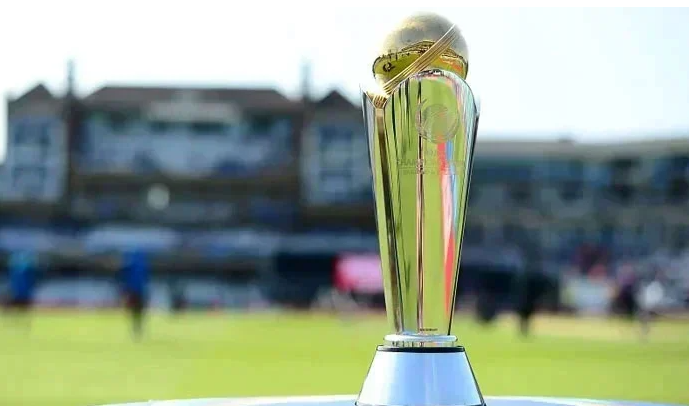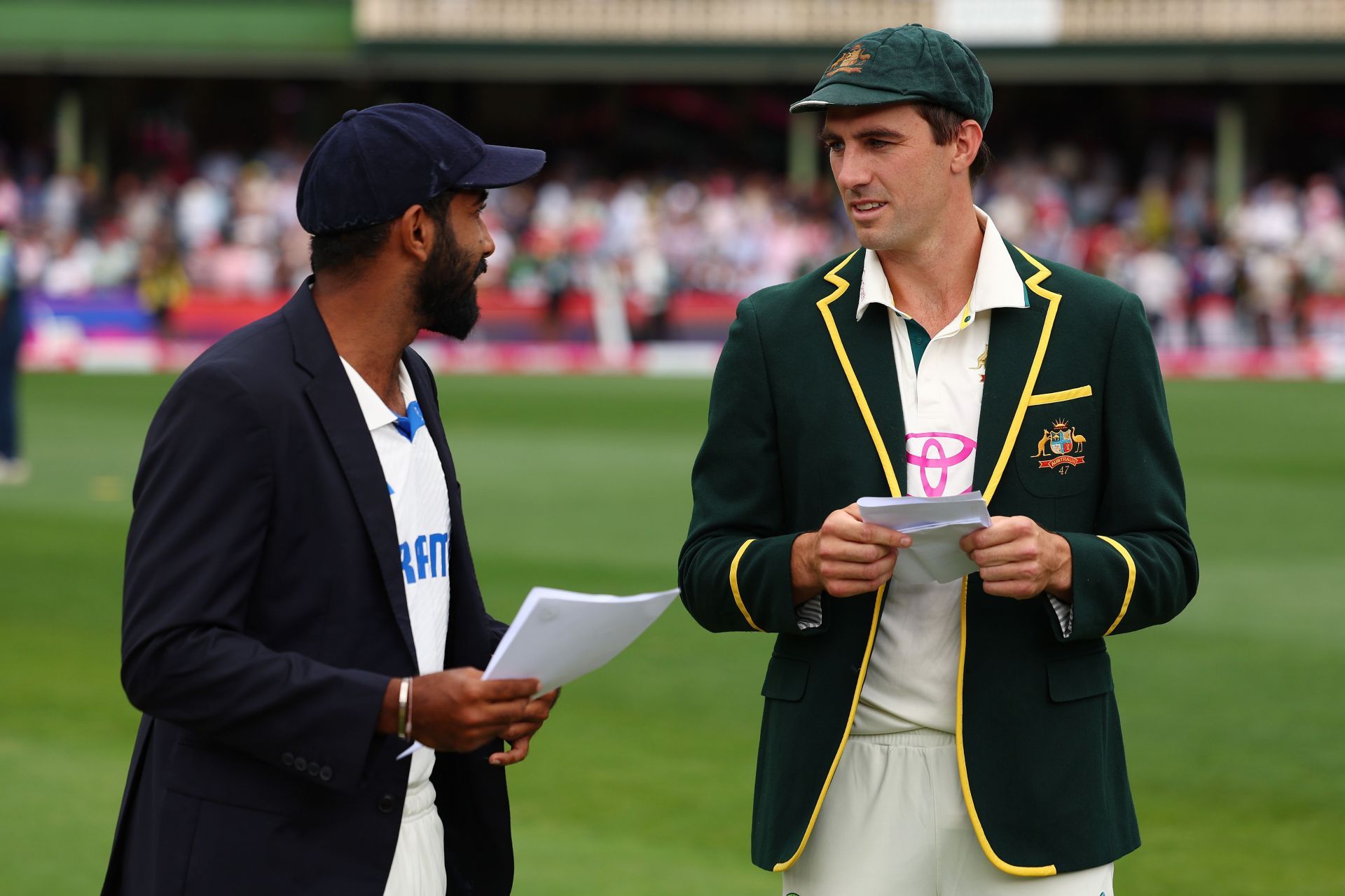3 Reasons Why Virat Kohli Cannot Become Number 1 Test Player

Virat Kohli, once an indomitable force in Test cricket, finds himself at a crossroads in his illustrious career. Known for his aggressive batting and relentless drive, Kohli’s recent performances have sparked discussions about his standing in the cricketing world. As he gears up for the Border-Gavaskar Trophy, starting on November 22, 2024, the spotlight is on whether Virat Kohli can overcome the hurdles to ascend back to the pinnacle of Test cricket. Here, we explore three pivotal reasons why reaching the number one spot again might be more challenging than ever for Kohli.1. The Form Slump:Since his last notable Test century against Bangladesh in 2019, Kohli’s scoring rate has significantly dwindled. Over the past five years, he has managed only two centuries in 33 Tests, a stark contrast to his earlier career where he was a consistent run-scorer. This dip in form isn’t just about numbers; it’s about the mental fortitude and the pressure of expectations. Kohli’s struggle against spin, particularly in Asian conditions, has been evident. His average, once hovering around 55, has dropped to 48, indicating not just a temporary blip but a prolonged phase of inconsistency. This form slump suggests a deeper issue, possibly related to technique against spin or perhaps the mental fatigue from years of high-intensity cricket.2. The Age Factor and Physical Demands:At 36, Virat Kohli is entering a phase where physical demands can take a toll. Cricket at the highest level requires not just skill but also peak physical condition, which becomes increasingly challenging with age. Kohli’s fitness regimen has always been exemplary, but even the best athletes face the inevitable decline in reflexes and stamina. His decision to retire from T20Is might be seen as a strategic move to focus on longer formats, but it also highlights the prioritization of his physical health over the relentless schedule of modern cricket. This shift might help in prolonging his career but could also mean less match practice, potentially affecting his rhythm and match sharpness.3. The Evolving Cricketing Landscape:The cricketing world has evolved, with new talents emerging and the game’s dynamics changing. Kohli’s era was marked by his aggressive captaincy and batting, but the current landscape demands adaptability to different playing conditions and strategies. The rise of players like Joe Root, who has managed to maintain consistency across formats, or the emergence of new stars like Marnus Labuschagne, showcases how the game’s demands have shifted. Kohli’s challenge isn’t just about personal form but adapting to these changes, including dealing with the Decision Review System (DRS) and varying pitches that might not always favor his style of play. His leadership has been missed by many, but stepping down from Test captaincy might have also removed a layer of tactical influence he had over the game.As Virat Kohli prepares for the Border-Gavaskar Trophy, these challenges loom large. However, cricket has always been a game of comebacks, and Kohli’s history is replete with instances where he has defied odds. His return to form could very well start with this series, where the conditions might just suit his game. Yet, the path to becoming number one again involves not just scoring runs but redefining his approach in this new cricketing era. Kohli’s journey back to the top, if it happens, will be one of the most watched storylines in cricket, a testament to his enduring spirit or a poignant chapter in the narrative of cricket’s greats facing the inevitable. As fans and analysts alike watch, the question remains: Can Virat Kohli script another comeback, or will this phase define the latter part of his career?















